Essential Exercises You Need In Your Program
- To embark on the journey of muscle building, it’s essential to integrate elements like bodyweight exercises for variety and balance, warm-up routines for injury prevention, and proper cool-down techniques to aid recovery.
- Within this process of self-improvement, the focus extends beyond the mere physical aspect. A well-rounded approach involves combining resistance training to build muscle with stretching exercises to improve flexibility and core workouts to enhance balance.
- Utilizing progressive resistance is key, ensuring that you challenge your muscles and build endurance over time.
The Importance of Proper Form and Technique:
- The key to effective muscle building lies in the execution of exercises with proper form and technique.
- It’s not just about knowing what exercises to do but also about how to perform them correctly for maximum results.
- This includes engaging the core for stability and paying attention to your form during cardio exercises to avoid injury.
Home Workouts:
- Fitness knows no boundaries and should be within reach for everyone.
- By offering home-based workout alternatives, we extend a helping hand to those whose fitness journey begins right in their living rooms, reaffirming the belief that health and strength should be attainable for all.
Quads: Overcoming the Challenge
Quads, short for quadriceps, are one of the largest muscle groups in your body and play a pivotal role in various movements, from walking and running to jumping and squatting. If you’re looking to boost your leg strength, develop athletic prowess, or simply sculpt an impressive lower body, training your quads is essential.
- To begin your journey into effective quad training, it’s important to acknowledge that the quadriceps can be quite challenging to work on, often earning the reputation as the muscle group people love to hate.
- When it comes to an exercise that truly puts your quadriceps to the test, the hack squat stands out as one of the most effective options, especially if you have access to the necessary equipment.
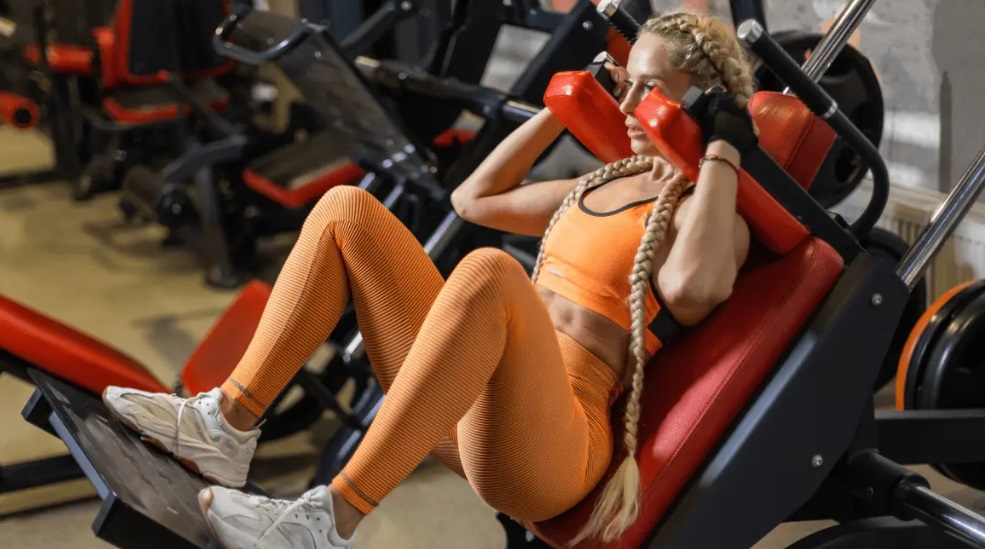
There are various ways to intensify your hack squat routine, but two notable methods that stand out include:
Method 1: Slowing Down the Tempo
- By deliberately slowing down the pace of your hack squats to a near-crawl, you significantly increase the time under tension for your quadriceps.
- This prolonged tension places greater demands on your muscles, making the exercise considerably more challenging.
Method 2: Incorporating Drop Sets
- Implementing drop sets in your hack squat routine is another highly effective strategy.
- This technique pushes your quadriceps to the limits and can be so demanding that it might even give you the feeling of intense exertion.
Training Quads at Home with Limited Equipment
- If you find yourself in a situation with limited equipment, there’s no need to fret. You can still work on strengthening your quads from the comfort of your home.
- In the realm of quad development, precision is key. Generalized exercises may not be as effective as specific ones, so consider these alternatives:
- A more specific approach, high bar squats with your feet positioned closely together can target the quads effectively.
- To maximize quad engagement, consider placing your heels on an elevated surface, further intensifying the workout and focusing the effort on your quadriceps.
Hamstrings: Maximizing Growth through Precision
- The primary exercise for optimizing hamstring development is lying leg curls, with a specific technique to enhance its effectiveness.
- This technique involves consistently pointing the toes away from the body, maintaining plantar flexion throughout the exercise.
- While it may inadvertently engage the calf muscles, this adds to the intensity of the hamstring contraction.
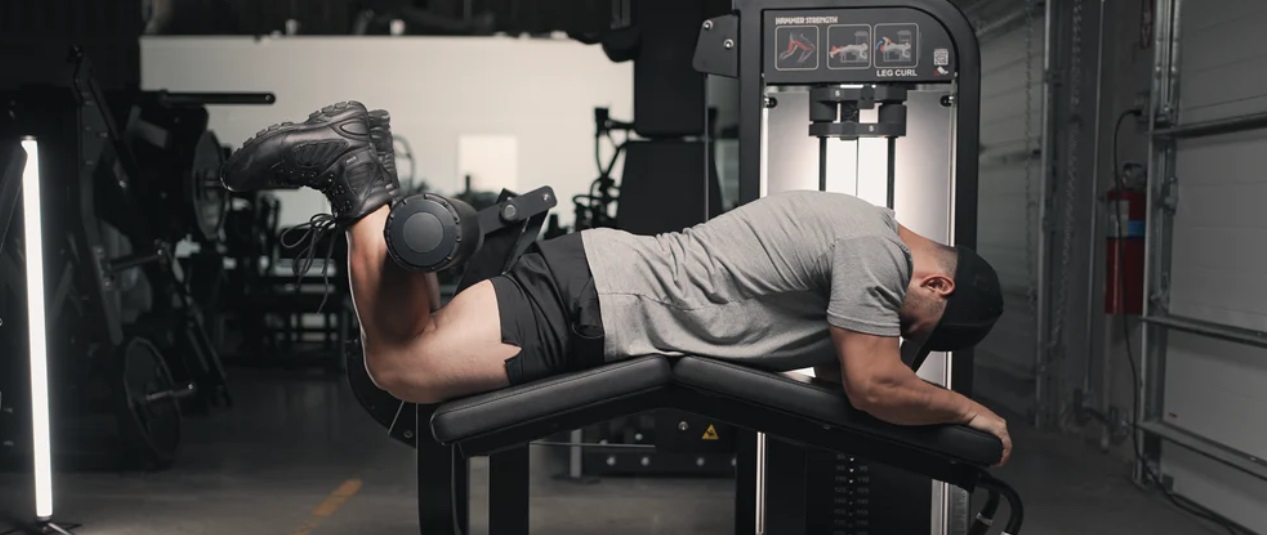
- A critical aspect of this technique is lifting the upper body off the exercise pad, ensuring that the hips remain grounded.
- This approach prevents the glutes from taking over and allows the hamstrings to be the primary focus during the exercise.
- For people who may find the full technique challenging, a more accessible alternative is offered.
- This involves curling the weight up and holding it at the top position for five seconds, which is highly effective in stimulating the hamstrings.
Adapting to Home Workouts
- To address this, the use of dumbbells for lying leg curls is recommended, providing a significant hamstring workout.
- However, it’s noted that using dumbbells may pose stability and control challenges.
- You should understand the importance of precision and technique in hamstring training to maximize muscle engagement and growth.
Glutes: Sculpting Your Backside with Sumos
- Let us look into the significance of sumo deadlifts and the process of strengthening and developing the glute muscles, whether the workout is conducted in a gym or at home.
- Sumo deadlifts are positioned as one of the foremost exercises for enhancing glute strength and size, reflecting their efficacy in this regard.
- A central theme is the need for correct execution when performing sumo deadlifts. A mere vertical lift is considered inadequate for targeting the glutes effectively.
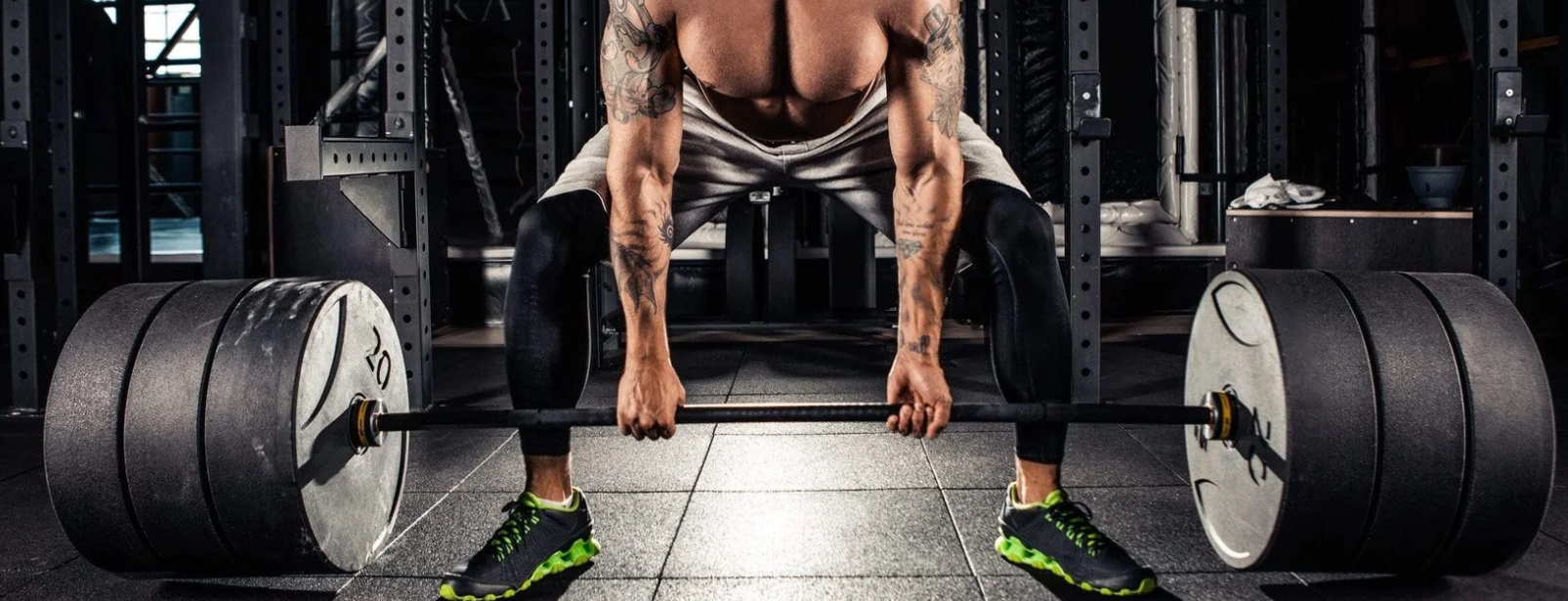
- Emphasis is placed on the technique that involves hip rotation during the movement, ensuring optimal glute engagement.
- Executing sumo deadlifts with the correct technique not only stimulates glute development but also protects the lower back from unnecessary strain.
Shoulders: A Complex Challenge
- Achieving optimal shoulder muscle development involves a preference for raising exercises over pressing movements, given the complexity of shoulder anatomy.
- Cable exercises that involve squeezing the weight across your body are highly effective for isolating specific shoulder muscle heads and achieving targeted results.
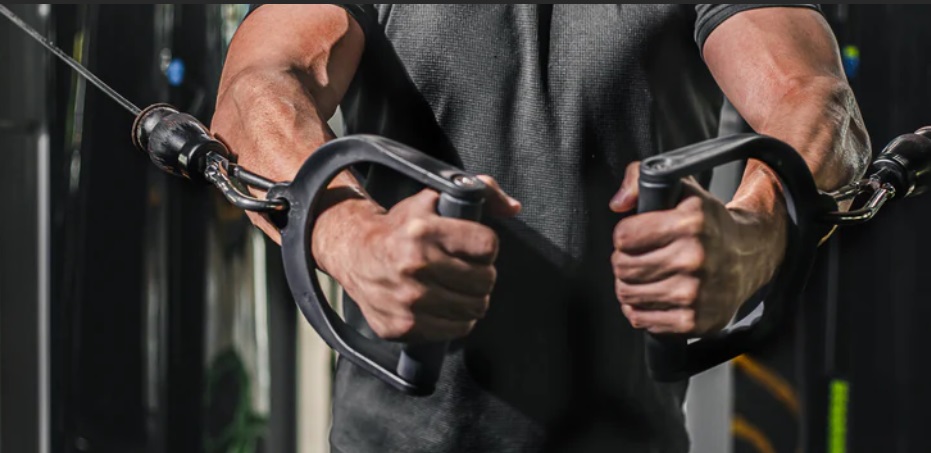
Adapting to Home Workouts
When access to cable equipment is limited, an effective at-home alternative is performing front raises with a plate, which minimizes the risk of straining other muscle groups.
Effective Lateral Head Development
- For optimal lateral head development in the shoulders, machine side laterals are considered one of the most effective exercises.
- Variations of the exercise are key to achieving the desired results. This includes performing partial repetitions at both the top and bottom of the range of motion, as well as engaging in full-range repetitions. Simply holding the weight can also contribute to the development of shoulder width.
Home-Based Alternatives:
- When working out from home with limited equipment, an effective approach is to line up a pair of dumbbells.
- A practical exercise in this context is executing drop sets of side lateral raises with the dumbbells, performing repetitions back-to-back until the desired results are achieved.
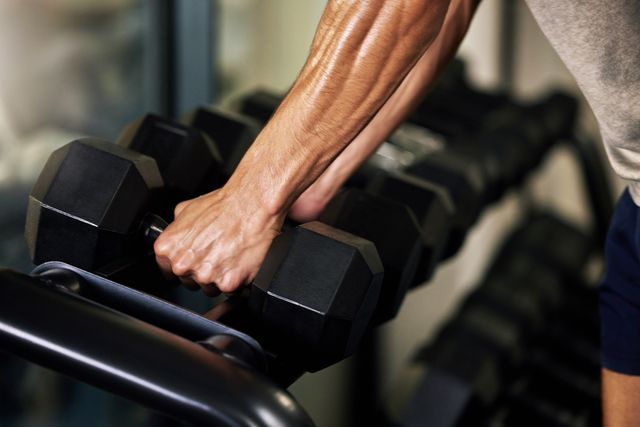
- This home-based technique can be a valuable method for individuals seeking to enhance the development of their lateral shoulder muscles.
Posterior Deltoids: The Arnold Press Variation
- Whether you’re working out at a well-equipped gym or a more modest hotel gym, effective exercises for posterior deltoid training remain consistent.
- The recommended exercise involves performing rotations similar to those in an Arnold press, with a twist. These rotations are executed while lying on a bench.
- While there is an option to incorporate drop sets, the exercise is already challenging enough when done with straight sets.
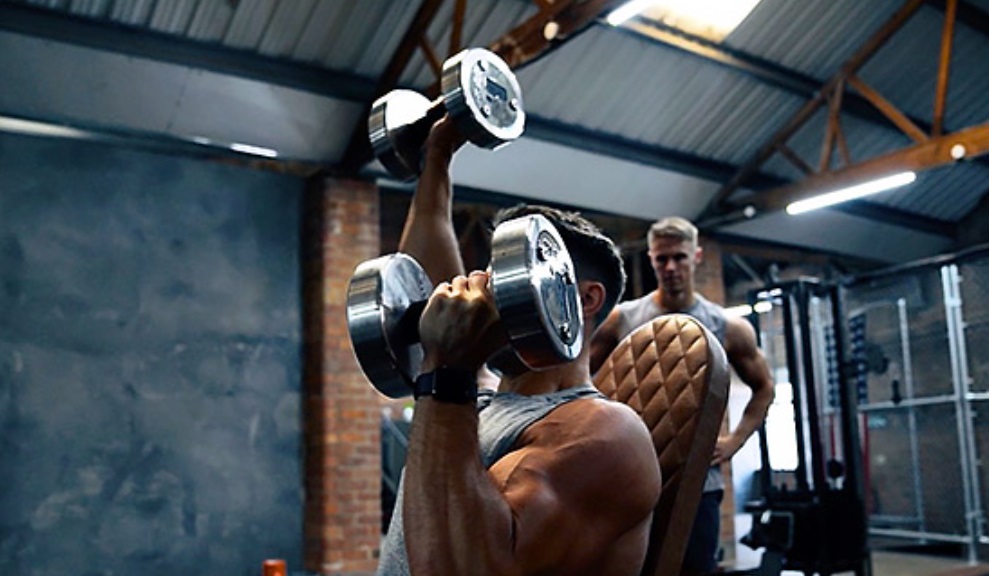
- The recommendation is to focus on straight sets to optimize the exercise’s effectiveness. These sets are known to be demanding but they can yield valuable results for posterior deltoid development.
Chest: Unleash the Potential
- Achieving substantial chest development is not contingent on the type of equipment available. The key lies in adopting a relentless approach to chest training, irrespective of your resources.
- One highly effective method to attack the chest is through the use of giant sets. This technique involves performing a sequence of exercises without breaks, pushing the chest to its limits. The regimen typically comprises exercises like dumbbell presses, coffin presses, flyes, and push-ups, executed in succession until physical limits are reached.
Back Development: The Effectiveness of Deadlifts
- Deadlifts are renowned in the fitness world for their exceptional effectiveness in promoting back development. They serve as a fundamental exercise for not only building a strong foundation but also increasing the thickness of the back muscles.
- If you go to the gym and complete a mere four repetitions, it will not do the job. Instead, you need to have a more comprehensive and holistic approach to deadlift training. You need to look beyond this limited perspective, and look at the multifaceted benefits that can be derived from this powerful exercise.
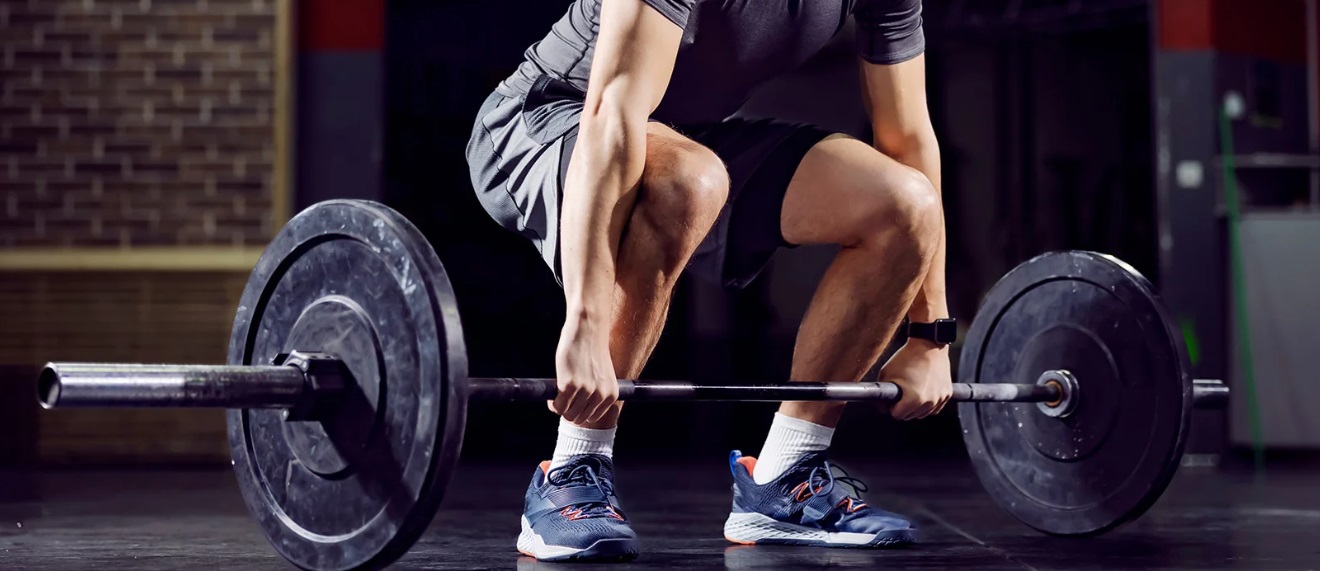
- In order to unlock the full potential of deadlifts, you can explore more extreme rep ranges and sets. This recommendation is rooted in the idea that genuine benefits from deadlifts manifest when people push themselves outside of their comfort zones.
- By venturing into more demanding territories, such as increased rep ranges and sets, you can truly appreciate the transformative power of this exercise.
Lats: Emphasizing Elbow Position for Growth
- Achieving substantial latissimus dorsi (lats) development involves a critical aspect even more important than the exercise choice itself: maintaining a fixed elbow position during the workout.
- Regardless of whether you are working out at home or in a gym, the principle remains consistent. To maximize lats development, it is crucial to identify exercises and techniques that ensure the elbow remains in a fixed position.
- At home, an effective exercise for this purpose is the dumbbell pullover. The technique of incorporating drop sets can be applied to intensify the workout and stimulate lat growth.
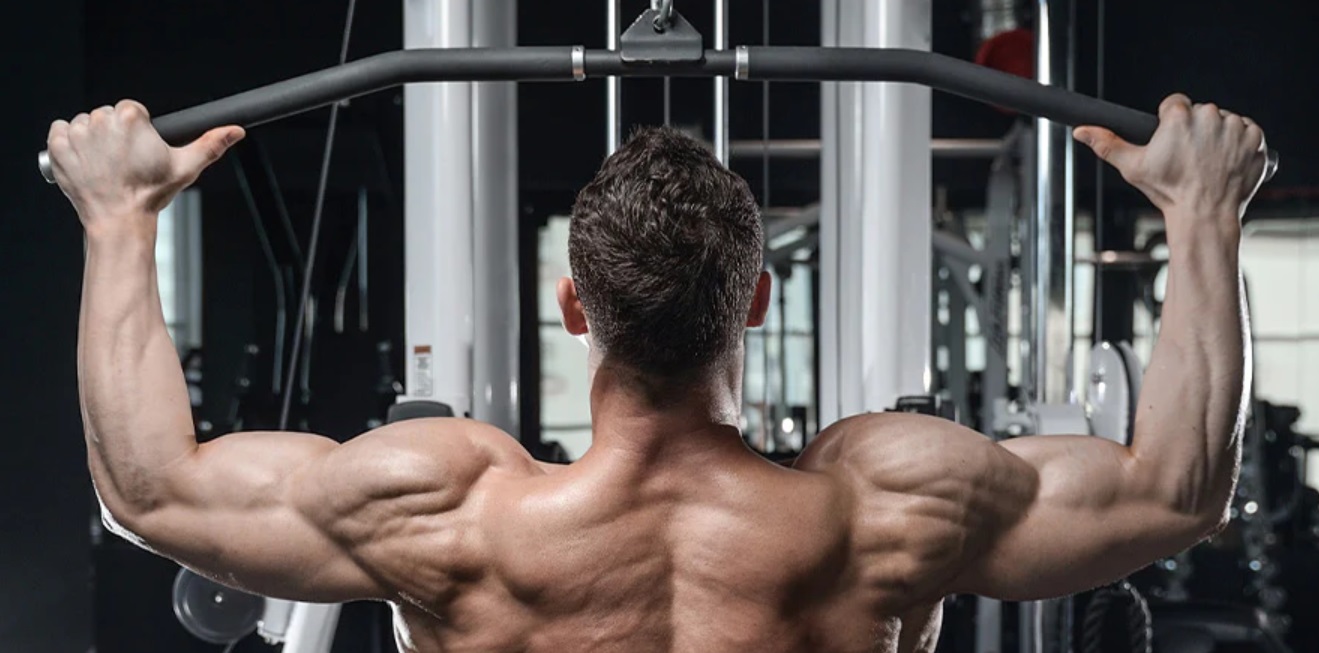
- In a gym setting, using a v-bar handle with the lat pulldown machine is recommended. The goal is to maintain a fixed elbow position while rotating around the handle. This technique ensures that the lats are the primary muscles engaged in lifting the weight, preventing the biceps from taking over.
Arm Development: The Significance of a strong Connection and Blood Flow
- When it comes to achieving significant arm development, regardless of whether you are focusing on biceps or triceps, establishing a strong mind-muscle connection and ensuring an efficient blood flow to the muscles are paramount.
- When working out from home, a practical routine for triceps development is referred to as the “trifuctan.” This regimen typically includes exercises like a seated French press, a lying skull crusher, and a close grip press. The combination of these exercises is designed to target the triceps effectively and create the desired pump.
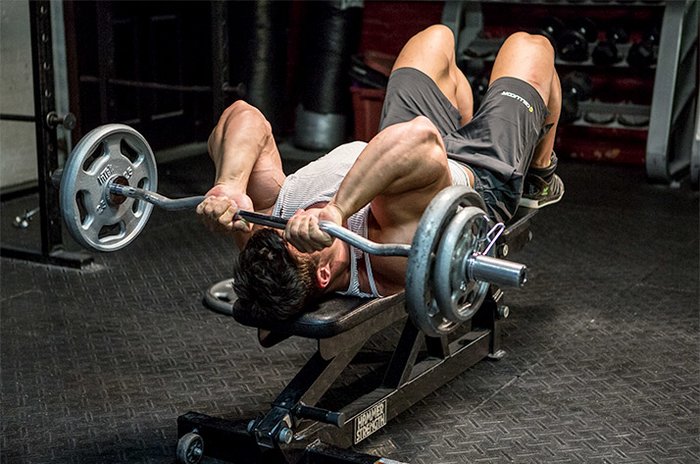
- If access to cable equipment is available, the routine can be modified for a more targeted triceps workout. This involves adding variations like partial repetitions at the top and bottom of the range of motion, as well as full-range repetitions. Additionally, incorporating push-ups can be a valuable addition.
- You need to build a strong mind-muscle connection while focusing on arm development.
Optimal Biceps Training
- When it comes to biceps training, the best exercise can be performed whether you’re at home or in a gym setting.
- For home-based workouts, a highly effective exercise involves grabbing a pair of dumbbells and performing high-repetition drop sets. The goal is to continue these sets until the biceps reach a point of maximum pump and fatigue.
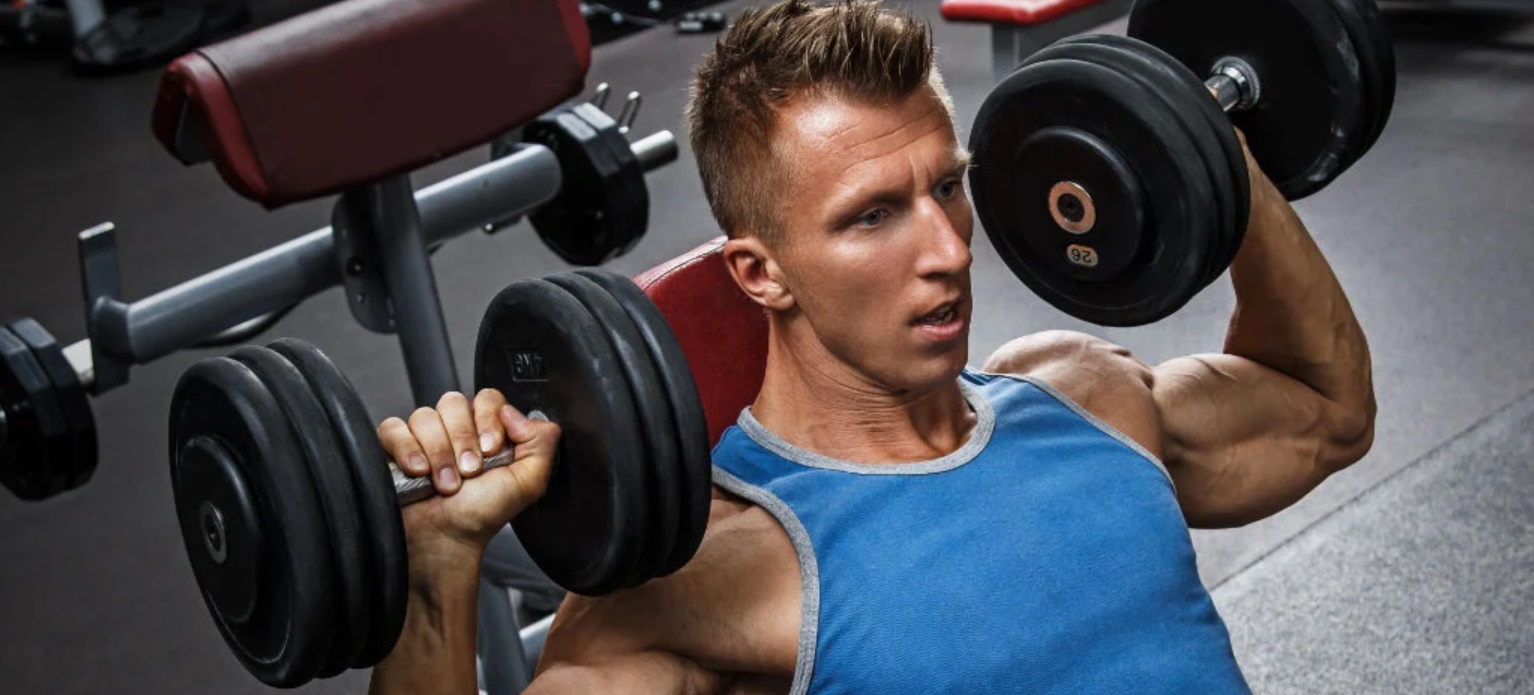
- In a gym environment, an alternative approach is to grab an easy bar attachment. By using a reverse grip and subsequently flipping your hands over, you can perform a sequence of exercises. This sequence may include close grip, wide grip, and drag curls.
Optimal Machine for Calves: The Seated Calf Raise
- When it comes to calf training, if one had to choose a single machine, the seated calf raise is often favored. This machine offers a multitude of variations and exercises that can effectively target the calf muscles.
- The seated calf raise machine provides a range of options for calf development.
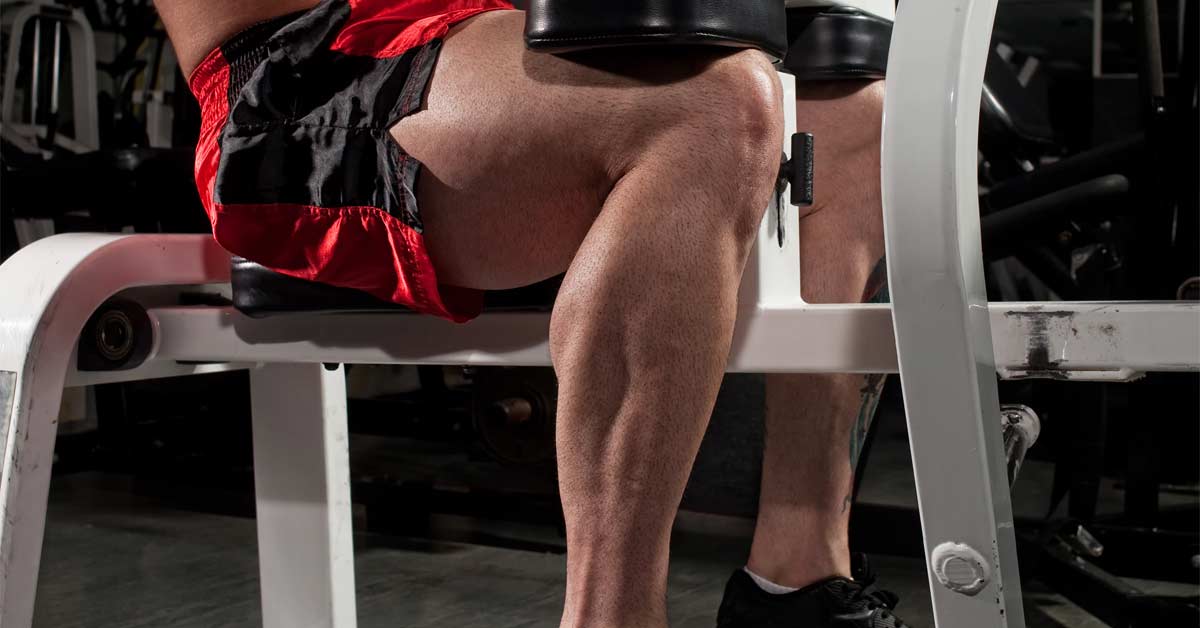
- These include variations such as toes-in and toes-out positioning, partial repetitions at the top and bottom of the range of motion, the incorporation of drop sets, and even holding a stretch to the point of inducing muscle fatigue.
- If you find yourself working out at home without access to specialized machines, a practical approach to mimic the benefits of the seated calf raise is squatting.
- By squatting deeply and flexing against the hamstrings, individuals can effectively engage the calf muscles. The aim is to push to the point of inducing muscle contractions.









